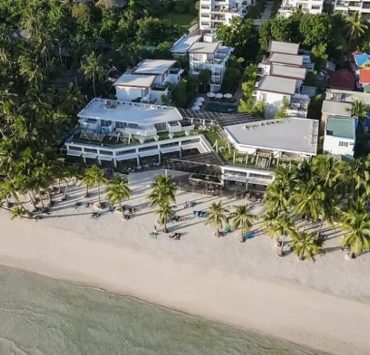Dasmariñas City leads the way in Cavite’s economic boom
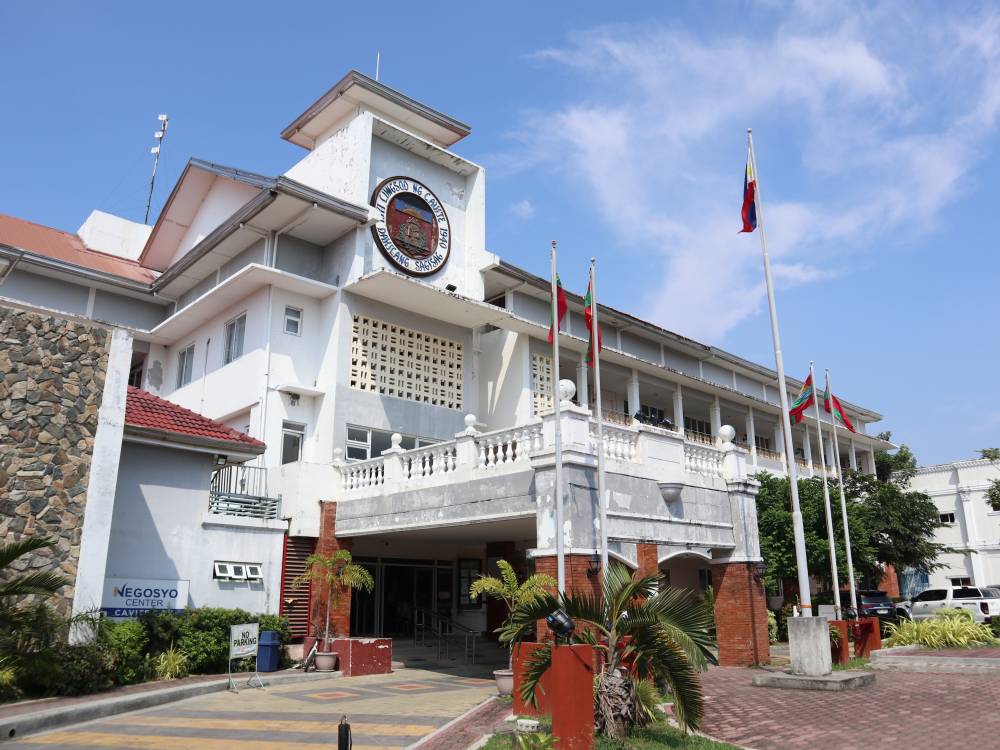
Cavite is one of the most progressive and dynamic provinces in the Philippines, having grown to become a highly industrialized hub.
This province, home to 4.3 million residents as of the 2020 Census, boasted a 3.57 percent growth rate in 2020. It also ranked fourth in the 2023 Cities and Municipalities Competitiveness Index (CMCI) in 2023, based on economic dynamism, government efficiency, infrastructure, resiliency, and innovation.

While Cavite is renowned for its fine varieties of coffee beans, Tablea de Alfonso, tahong chips, smoked fish, kaong vinegar, and other novel products and furniture made of bamboo and water lilies, it is also home to 64 economic zones and over 1,000 industrial establishments on top of the 12,207 microenterprises and 19 large enterprises based here.
Transforming property landscape
National property developers, including Ayala Land, Megaworld, Federal Land, and SM Prime Holdings, have also flocked to Cavite, building massive estate and township developments with residences, commercial spaces, malls, offices, industrial facilities, and hotels. The rise of these integrated developments was encouraged even more by the pandemic, and has become ideal for the province’s 3.3 million urban population, which makes up an overwhelming majority of its overall population.
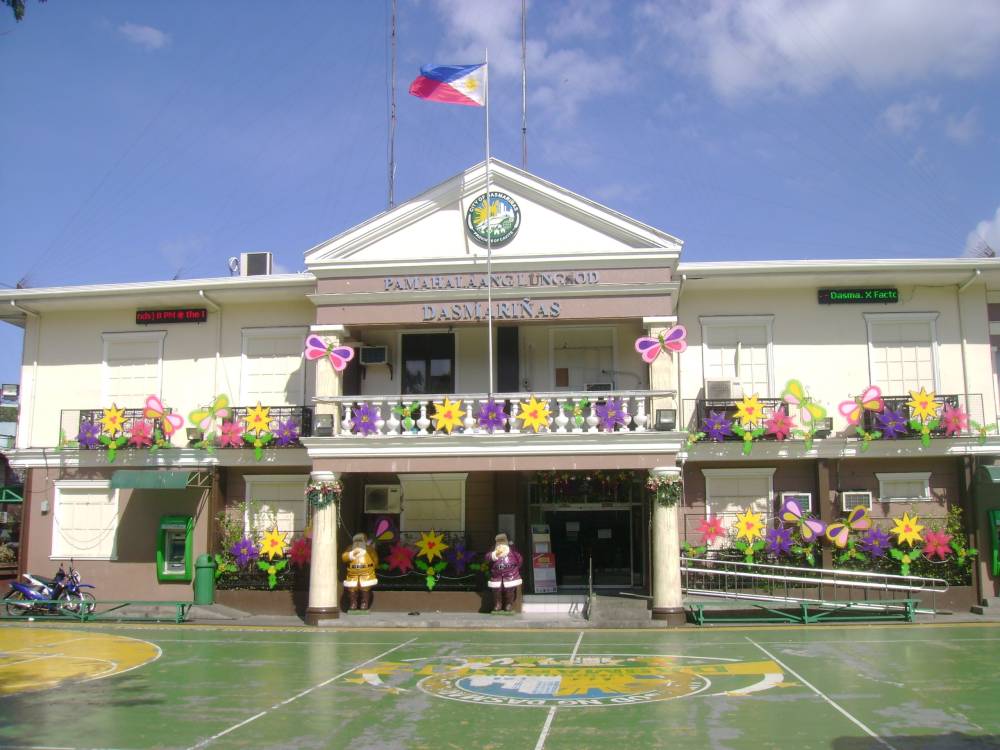
This influx has also largely transformed the property landscape of Cavite, which once served as a bedroom community of Metro Manila. From mostly economic to lower mid-income housing, upscale and luxury condominium projects in Cavite have now emerged.
Sustaining progress
Several megaprojects are poised to further boost the economy of Cavite.
The Philippine Economic Zone Authority announced in April this year that a 40.4-ha economic zone will soon rise in Tanza, Cavite. MetroCas ecozone is one of two new special economic zones declared through Proclamation No. 512, and is expected to attract more than P1.8 billion in new investments and nearly 200 new jobs during its construction.
Rapid development
Among Cavite’s cities, Dasmariñas stands out in terms of outward urban expansion and rapid development in the past years.
After undergoing transformation from barrio to independent municipality in 1867, then barrio to town again in 1907, it finally became a component city in 2009 and was proclaimed a city in the same year. According to the 2020 Census, Dasmariñas is also the most populous among Cavite’s cities and municipalities, with 703,141 people.
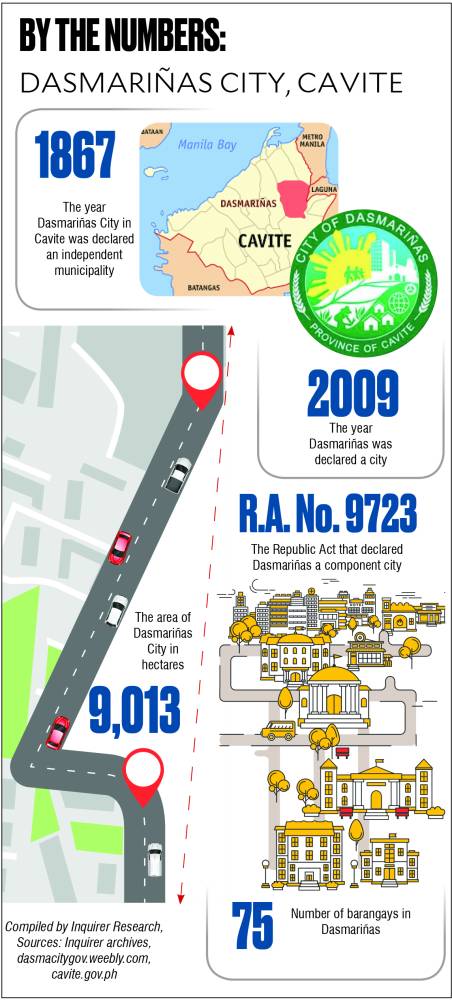
Today, Dasmariñas City is a key player in Cavite’s economic growth. Some 181 industrial establishments—ranging from exports to logistics services, facilities, and information technology firms—are located in the city, which also placed sixth overall in the 2023 CMCI rankings of component cities—third in economic dynamism, sixth in infrastructure, and seventh in innovation.
The city is also dubbed as the province’s “university capital” given its several large educational and health institutions, such as the De La Salle University-Dasmariñas, the De La Salle Medical and Health Sciences Institute, Emilio Aguinaldo College, the National College of Science and Technology, the Philippine Christian University-Dasmariñas, and the Technological University of the Philippines-Cavite.
Property developers, seeing huge potential in these young consumers, have provided them residences that are conducive to learning, relaxation, and unwinding.
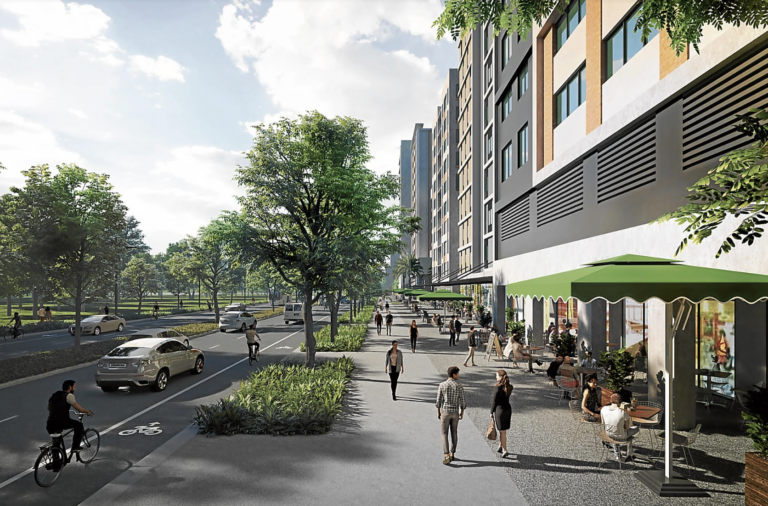
A steady market
The landlocked city has also been regarded as a steady market for real estate ventures, given its favorable location and other geographical features. Dasmariñas is located south of Metro Manila and is at an elevated level, with its highest point at 250 meters, causing it to have a natural drainage system. It is also outside the typhoon belt and is far from any earthquake fault line.
In December last year, the National Development Co. (NDC), the investment arm of the Department of Trade and Industry, announced that it had started the redevelopment of its 20-ha industrial estate in Dasmariñas, Cavite.
The NDC Industrial Estate (NDCIE), the extension of the over 100-ha First Cavite Industrial Estate, is envisioned to become a smart city model. It is designed to align with the government’s innovation and digital transformation thrust. The project pipeline has over P30 billion worth of investments across various stages of its development, on top of at least 18 projects in its shortlist of prospects.
Sources: Inquirer Archives, cmci.dti.gov.ph, cavite.gov.ph, crownasia.com.ph














